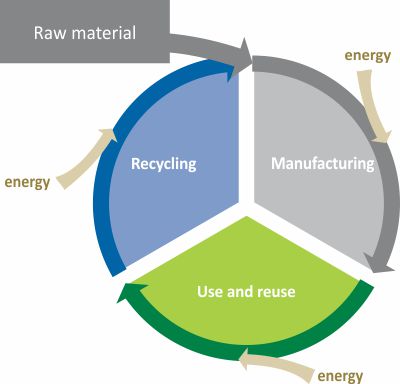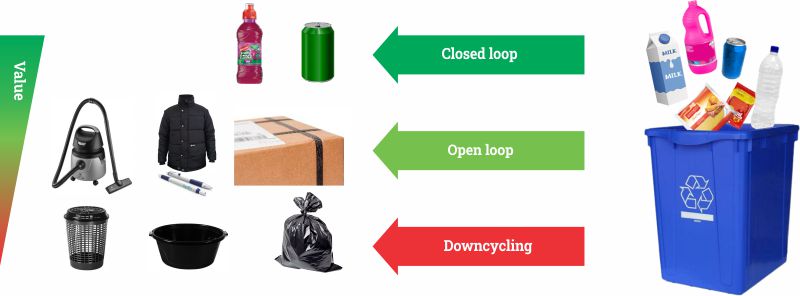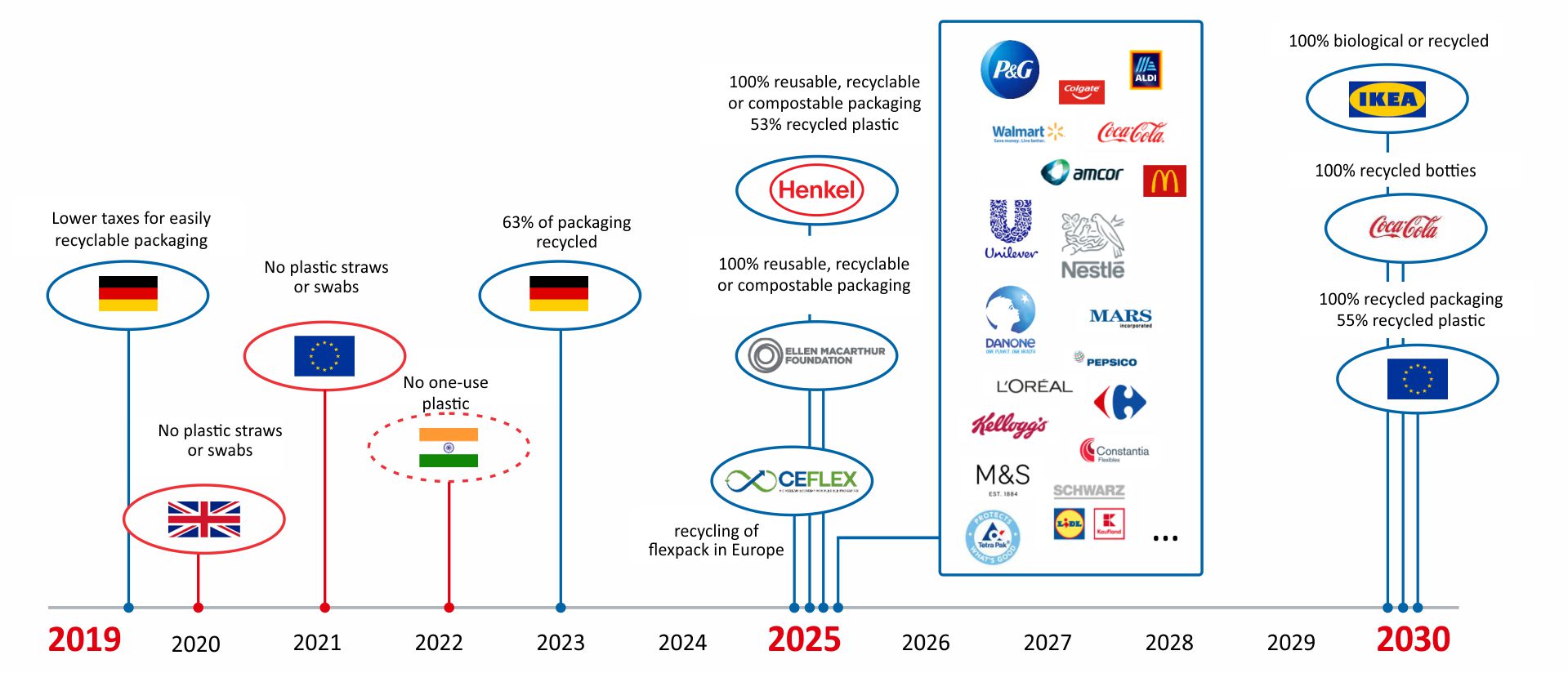What is the circular economy?
It's broader than just recycle.
With a circular economy, we can present new and differentiated solutions that will change the market.
.
That is ELC's philosophy- The circular economy is sustainable.
Circular economy is a concept based on the intelligence of nature. Residues are inputs for the production of new products. It entails gradually decoupling economic activity from the consumption of finite resources, and designing waste out of the system. It is based on three principles: Design out waste and pollution, keep products and materials in use and regenerate natural systems.
A circular economy is the essence that rethinks economics customs that aims to keep products and materials in circulation taking advantage of the maximum value and usefulness between technical and biological stages.
The over-exploitation of natural resources required to achieve economic growth and development has had a negative impact on the environment while also causing these resources to become scarcer and costlier. So it’s easy to see why the idea of a circular economy that offers new ways to create a more sustainable economic growth model is taking hold across the globe.
The circular economy influences the cyclical concepts of nature where all materials as plants, water or food are completely reused by the environment. In the environment, all remains of fruit consumed by animals, decompose and become fertilizer for plants. This concept is also called “cradle to cradle”. There is no idea of waste and everything is continually nutritious for a new cycle.
What is waste? What is é recycling?
WASTE
Waste is anything for which the generator or holder has no further use and which is discarded or released to the environment. Waste is everything that you cannot recycle.
RECYCLING
Reprocessing of a used material into a new product; excluding energy recovery.
 Circular Economy
Circular Economy
Definition
The concept of circular economy is not only based on the conception of the three “R” s - repair, reuse and recycle, because it joins the sustainable model with the technological and commercial movement of the current world.
The circular economy project includes the creation of repair, reuse and remanufacturing systems, in addition to effective recycling, in which raw materials maintain or even increase their value.
The different types of recycling cycles

Closed loop
It is characterized by the return of a given product, from which the constituent material is extracted selectively for the manufacture product similar to the original.
Open loop
Its main characteristic is the return of materials such as metals, plastics, glass, papers, packaging and others to the production chain in the form of raw materials.
Downcycling
It is the process of a recovering a material for reuse in a product with less value. The integrity of the material is somewhat compromised with the recovery process.
Milestone for the circular economy


